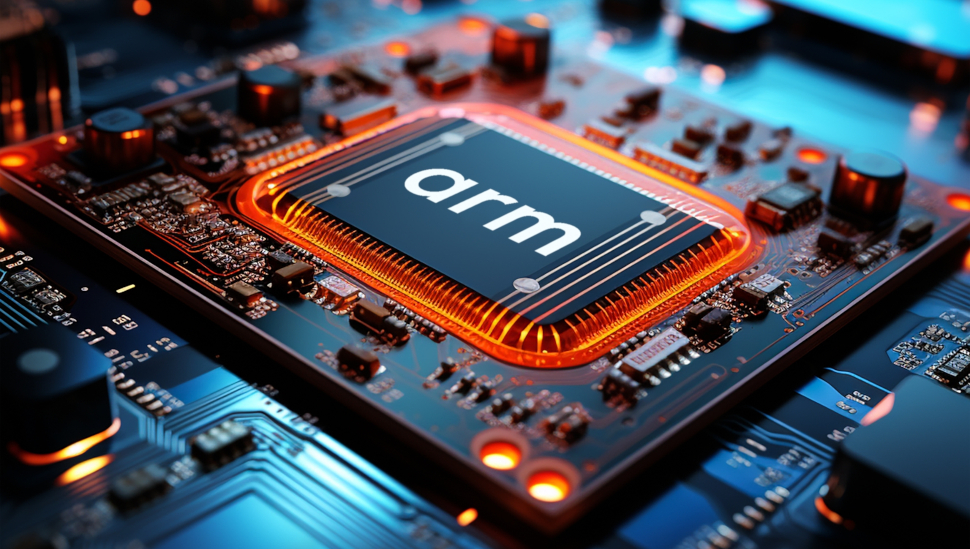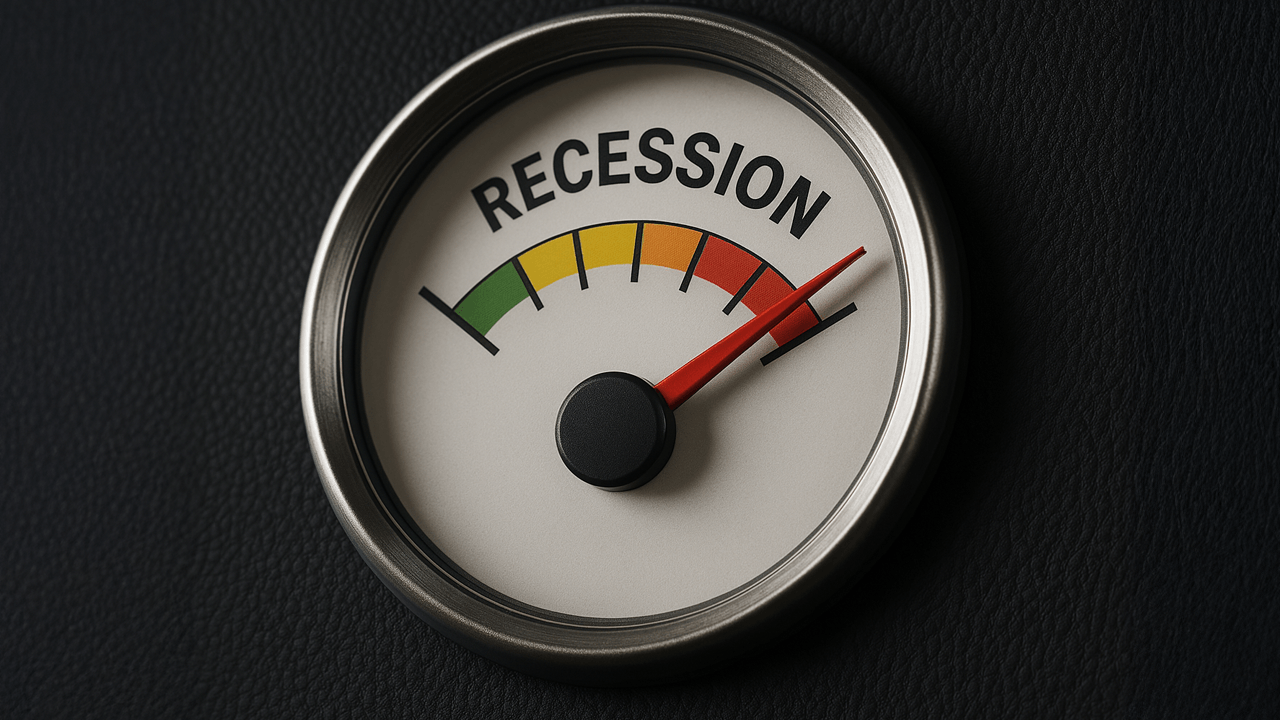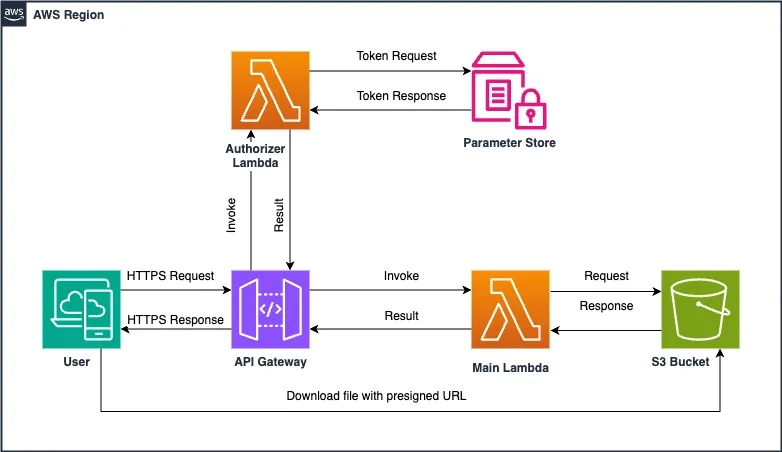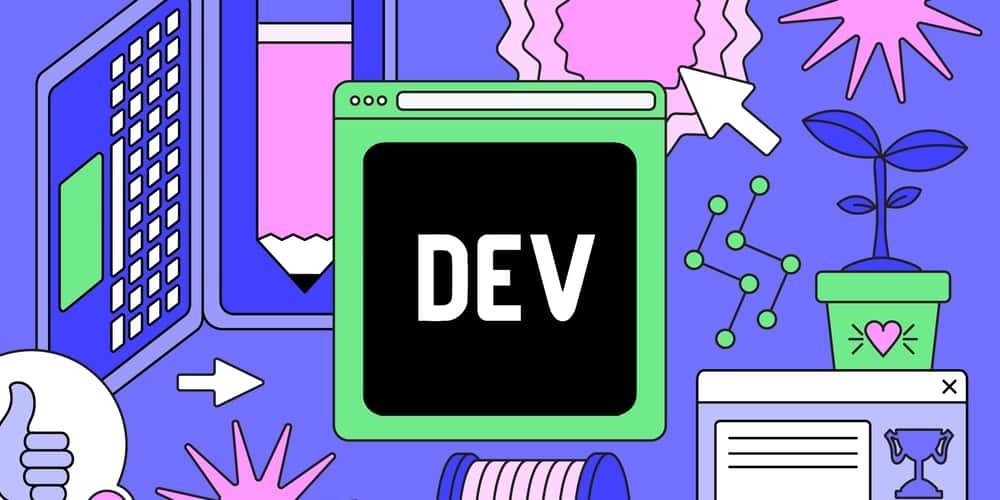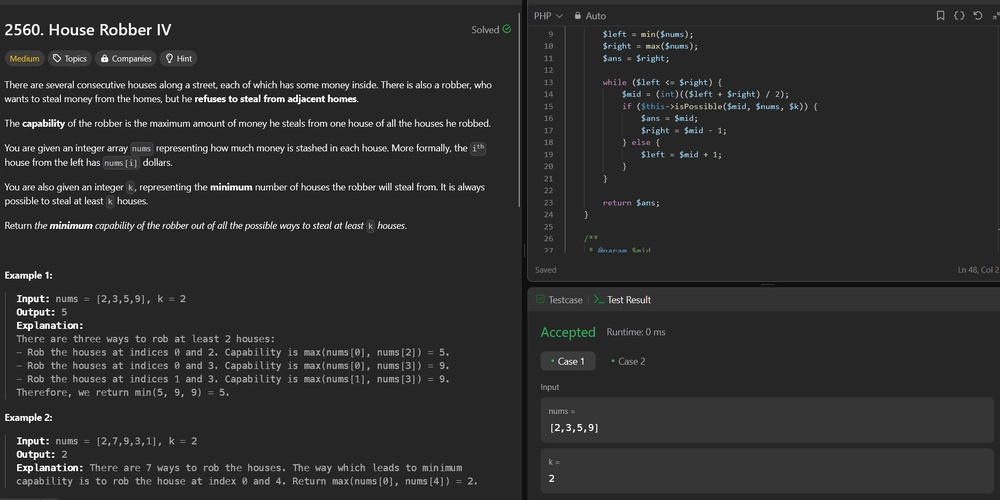AI for Real-Time Collaboration in Web-Based DAWs
Introduction Digital Audio Workstations (DAWs) have revolutionized the music production industry, allowing artists to create, edit, and produce music digitally. However, traditional DAWs are often limited to offline use or require complex file-sharing workflows. Web-based DAWs have emerged as a solution, providing cloud-based music production environments. Integrating AI into these platforms can further enhance real-time collaboration, making music production more intuitive, efficient, and accessible. The Role of AI in Web-Based DAWs AI-powered features can significantly improve the real-time collaboration experience in web-based DAWs. These enhancements include: Intelligent Track Synchronization AI can analyze tempo, key, and time signatures in real-time to ensure all contributors stay in sync. Predictive timing adjustments can correct latency issues and keep performances aligned. Automated Audio Processing AI-driven noise reduction, equalization, and mastering can provide instant feedback and enhancements. Smart mixing assistants can balance track levels and suggest effects based on genre analysis. AI-Powered MIDI Suggestions AI can analyze a melody or chord progression and suggest complementary harmonies or bass lines. Predictive MIDI generation helps collaborators quickly generate ideas without starting from scratch. Real-Time Lyric and Melody Generation AI models trained on lyrical patterns can assist in writing lyrics based on a given theme. Generative AI can suggest melodies based on the chord progressions played in real-time. AI-Based Version Control and Track Management Automated versioning helps track changes made by different users, preventing accidental data loss. AI can label sections of a project (e.g., verse, chorus, bridge) for better organization. Technologies Powering AI in DAWs To implement AI in real-time collaborative web-based DAWs, various technologies and frameworks can be utilized: Machine Learning Frameworks: TensorFlow.js, Magenta, and OpenAI APIs for AI-powered music generation. Cloud Computing: Firebase, AWS, or Google Cloud for real-time data synchronization and processing. WebRTC and WebSockets: Enabling real-time audio streaming and low-latency collaboration. MIDI Processing Libraries: Tone.js and WebMIDI API for AI-assisted MIDI manipulation. Challenges and Future Developments While AI integration in web-based DAWs presents exciting opportunities, it also comes with challenges: Latency Management: Ensuring real-time AI processing without causing delays. User Experience: Balancing AI assistance with creative freedom and avoiding over-automation. Computational Costs: Managing cloud computing resources to keep real-time collaboration efficient and cost-effective. Future developments in AI-assisted DAWs may include more advanced deep learning models for music composition, AI-powered virtual session musicians, and even blockchain-based version control for collaborative music rights management. Conclusion AI has the potential to revolutionize real-time collaboration in web-based DAWs by providing intelligent synchronization, automated audio processing, and creative suggestions. As AI technology continues to evolve, it will further empower musicians to collaborate seamlessly, no matter where they are in the world. The future of web-based DAWs is not just about making music together but making it smarter, faster, and more accessible.
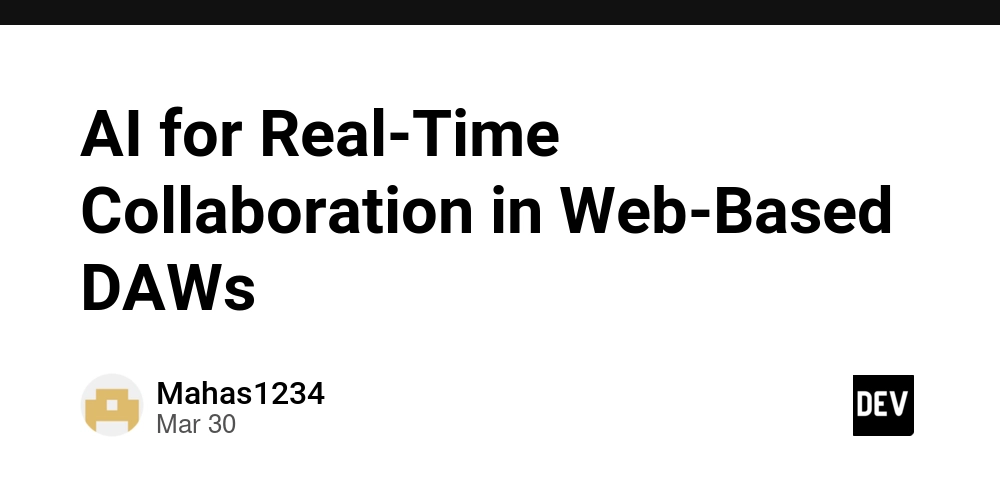
Introduction
Digital Audio Workstations (DAWs) have revolutionized the music production industry, allowing artists to create, edit, and produce music digitally. However, traditional DAWs are often limited to offline use or require complex file-sharing workflows. Web-based DAWs have emerged as a solution, providing cloud-based music production environments. Integrating AI into these platforms can further enhance real-time collaboration, making music production more intuitive, efficient, and accessible.
The Role of AI in Web-Based DAWs
AI-powered features can significantly improve the real-time collaboration experience in web-based DAWs. These enhancements include:
- Intelligent Track Synchronization
AI can analyze tempo, key, and time signatures in real-time to ensure all contributors stay in sync.
Predictive timing adjustments can correct latency issues and keep performances aligned.
- Automated Audio Processing
AI-driven noise reduction, equalization, and mastering can provide instant feedback and enhancements.
Smart mixing assistants can balance track levels and suggest effects based on genre analysis.
- AI-Powered MIDI Suggestions
AI can analyze a melody or chord progression and suggest complementary harmonies or bass lines.
Predictive MIDI generation helps collaborators quickly generate ideas without starting from scratch.
- Real-Time Lyric and Melody Generation
AI models trained on lyrical patterns can assist in writing lyrics based on a given theme.
Generative AI can suggest melodies based on the chord progressions played in real-time.
- AI-Based Version Control and Track Management
Automated versioning helps track changes made by different users, preventing accidental data loss.
AI can label sections of a project (e.g., verse, chorus, bridge) for better organization.
Technologies Powering AI in DAWs
To implement AI in real-time collaborative web-based DAWs, various technologies and frameworks can be utilized:
Machine Learning Frameworks: TensorFlow.js, Magenta, and OpenAI APIs for AI-powered music generation.
Cloud Computing: Firebase, AWS, or Google Cloud for real-time data synchronization and processing.
WebRTC and WebSockets: Enabling real-time audio streaming and low-latency collaboration.
MIDI Processing Libraries: Tone.js and WebMIDI API for AI-assisted MIDI manipulation.
Challenges and Future Developments
While AI integration in web-based DAWs presents exciting opportunities, it also comes with challenges:
Latency Management: Ensuring real-time AI processing without causing delays.
User Experience: Balancing AI assistance with creative freedom and avoiding over-automation.
Computational Costs: Managing cloud computing resources to keep real-time collaboration efficient and cost-effective.
Future developments in AI-assisted DAWs may include more advanced deep learning models for music composition, AI-powered virtual session musicians, and even blockchain-based version control for collaborative music rights management.
Conclusion
AI has the potential to revolutionize real-time collaboration in web-based DAWs by providing intelligent synchronization, automated audio processing, and creative suggestions. As AI technology continues to evolve, it will further empower musicians to collaborate seamlessly, no matter where they are in the world. The future of web-based DAWs is not just about making music together but making it smarter, faster, and more accessible.











































































































































































![[The AI Show Episode 142]: ChatGPT’s New Image Generator, Studio Ghibli Craze and Backlash, Gemini 2.5, OpenAI Academy, 4o Updates, Vibe Marketing & xAI Acquires X](https://www.marketingaiinstitute.com/hubfs/ep%20142%20cover.png)















































































































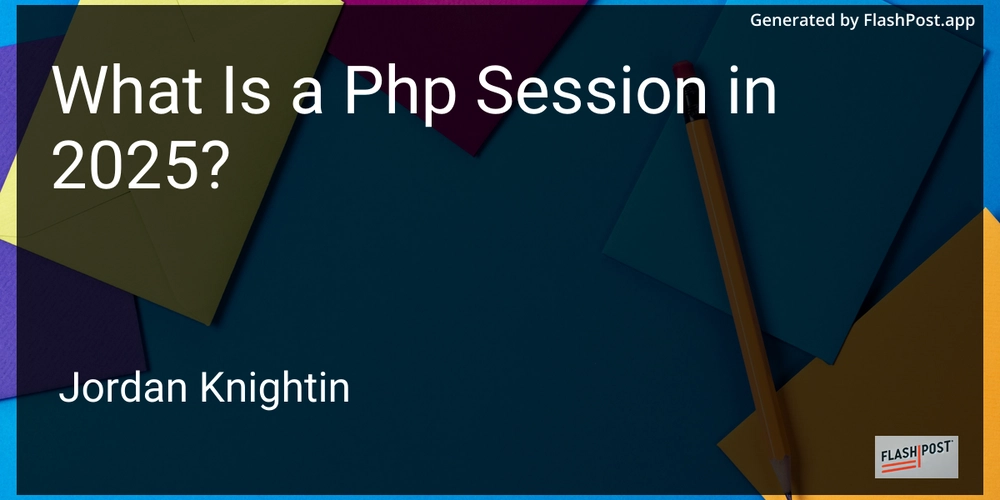
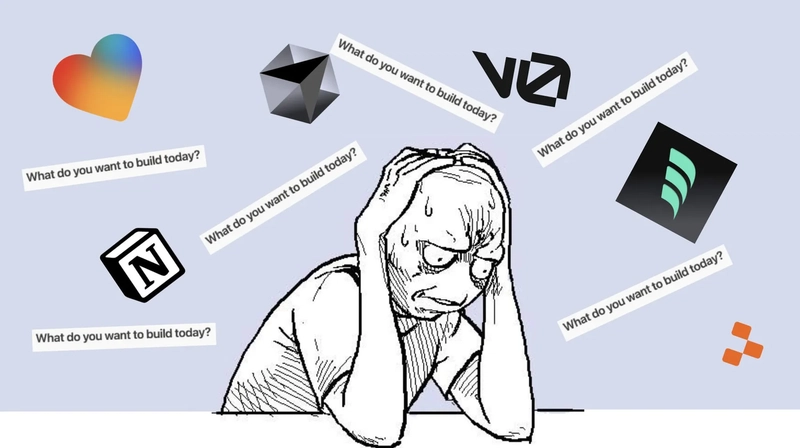









![[FREE EBOOKS] The Kubernetes Bible, The Ultimate Linux Shell Scripting Guide & Four More Best Selling Titles](https://www.javacodegeeks.com/wp-content/uploads/2012/12/jcg-logo.jpg)



![From drop-out to software architect with Jason Lengstorf [Podcast #167]](https://cdn.hashnode.com/res/hashnode/image/upload/v1743796461357/f3d19cd7-e6f5-4d7c-8bfc-eb974bc8da68.png?#)







































































































.png?#)




.jpg?#)
































_Christophe_Coat_Alamy.jpg?#)






































































































![Rapidus in Talks With Apple as It Accelerates Toward 2nm Chip Production [Report]](https://www.iclarified.com/images/news/96937/96937/96937-640.jpg)




















